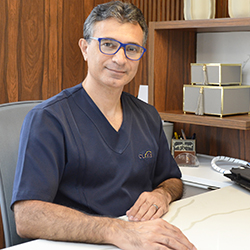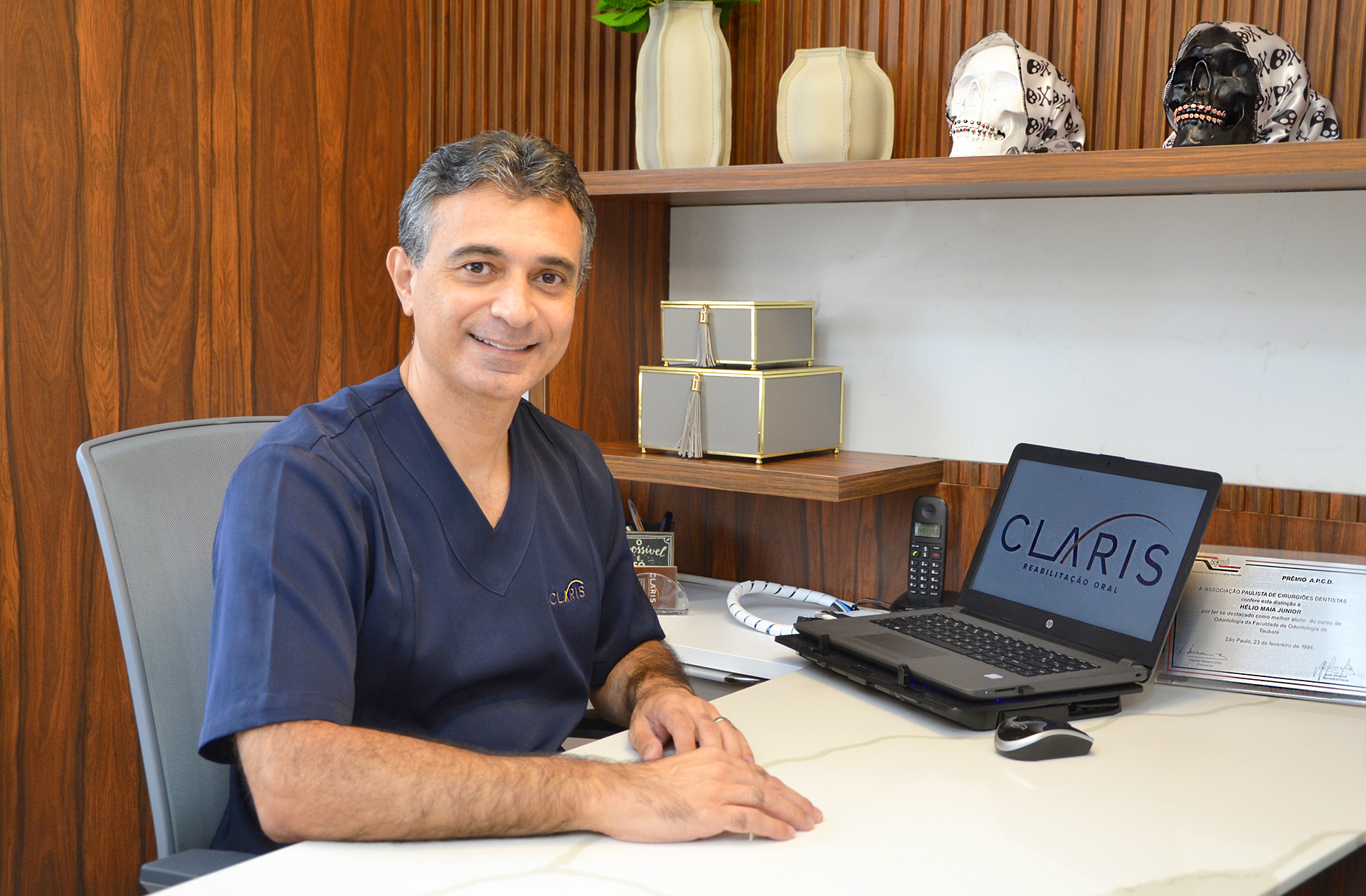Specialties
ORTHODONTICS
A MUCH MORE COMFORTABLE AND EFFICIENT TREATMENT
Orthodontics involves the preventive care and treatment of malpositioned teeth. It also aims to solving problems of inadequate mastication, whether in children, adolescents, adults or the elderly.
TREATMENTS
- Removable Aligners
In addition to not compromising the smile, the aligner has advantages in terms of foreseeable results, comfort and hygiene. The patient can remove the aligner to eat, drink, brush teeth and floss. You can have the smile of your dreams, without wearing wires or metals that can hurt your mouth, and that are often incompatible with your lifestyle, your profession or your activities. This system can be used in both simple as well as more complex cases. The Orthodontics Specialist evaluation will determine if the patient will need an orthodontic treatment or not.
- Self-Ligating Braces
In recent years, Orthodontics has undergone a revolution with the emergence of self-ligating fixed braces. Such system consists of a fixed dental set of braces in which brackets work without rubber bands or straps. That is where the designation of selfligating comes from (as they are attached to the wire by using clips). Conventional braces (braces with rubber bands or straps) cause greater pressure and friction in tooth movement, making the treatment run slower and more painful. In self-ligating braces, the bracket features a unique system of closure, friction is close to none, facilitating orthodontic movement. This way, the teeth move more freely, faster and more efficiently, in a more comfortable manner. Your bite will be lighter, less stressful, which is biologically more favorable. In addition, the wires used in this system are made with alloys developed by NASA, which have shape memory and are thermoactivated. That feature makes the wires get back to the original form with the change of temperature in the mouth. All of this technology has made orthodontic treatments faster, more comfortable and hygienic (the absence of rubbers and straps reduces the accumulation of bacterial plaque). It results in fewer visits to the dentist, without the need for bands (metallic rings) and palate expanders. And the features of the threads provide patients with treatments without teeth extractions in most cases.
- Conventional Braces
Conventional braces are made out of small metal or ceramic parts called brackets, bonded to the teeth or fixed in bands (metallic tapes around the teeth). Brackets are attached to each other by means of a metallic wire which is called an orthodontic arch. This wire is responsible for tooth movement and it is fixed to the brackets by rubber bands or metal straps. During the treatment, arches and accessories must be adjusted or changed. You can choose the color of the rubber band at each new appointment.
- Invisible Orthodontics
Invisible Orthodontics addresses anxiety and the expectations of those who need to undergo an orthodontic treatment, but do not want or cannot wear conventional metal braces, as metal braces may alter or compromise their overall image and personal identity. In this treatment mode, removable aligners or lingual orthodontic sets (glued to the back of teeth) may be used. There are also fixed ceramic sets in which parts are made of ceramic or resin, in the same color shade of the teeth. By having those ceramic braces on, you are working to have your teeth straightened out, but what it only shows is your smile.
- Lingual Orthodontics
Lingual Orthodontics is an orthodontic technique through which fixed braces are glued to the lingual surface of the teeth (behind the teeth). Through this treatment, you can have your teeth aligned discreetly, as it is practically invisible. The first advantage is aesthetics. In addition to having the braces hidden behind the teeth, those do not cause swelling in the lips as conventional fixed braces will normally do. It is a great option for models, artists and for people who cannot be seen or do not feel comfortable being seen wearing braces. In addition, the new selfligating lingual braces are comfortable and small in size, being indicated for almost all cases.
- Functional Maxillary Orthopedics and Pediatric Orthodontics
Functional orthopedics is a specialty that assesses and treats bone and muscle imbalances in the maxilla and mandible, in addition to teeth alignment. Functional appliances are used according to professional guidance. Deviations, being those genetic or cquired through bad habits, such as thumb sucking, inappropriate pacifier use and mouth breathing, for example, are corrected in sync with the child’s growth. Children’s Orthodontics is a very important resource to correct the typical problems of the change from baby teeth to permanent teeth, such as lack of space and crossbite. This type of intervention involves the technical use of fixed braces specifically designed for children, assuring the necessary balance for the development of the dental arches and preventing more complicated interventions in the future.
SPECIALIST

Dr. Helio Maia Jr. (License CRO 44889)
Specialist in Orthodontics and Facial Orthopedics. Training in Sleep Dentistry
- SPECIALIST IN ORTHODONTICS AND FACIAL ORTHOPEDICS (2004)
- CERTIFIED IN SLEEP DENTISTRY (SNORING AND APNEA)
- CERTIFIED INVISALIGN SYSTEM PROFESSIONAL (2009)
- LICENSURE IN THE ORTHOALIGNERS SYSTEM THROUGH COMPASS 3D (2013)
- LICENSURE IN LINGUAL ORTHODONTICS THROUGH THE BBS SYSTEM (2011)
- LICENSURE IN ESSIX CLEAR ALIGNER (2011)
- CERTIFIED THROUGH DAMON SYSTEM (2010)
- CERTIFIED BY H4/PITTS21 SELF LIGATING SYSTEM
- CERTIFIED WITH THE EASY SOLUTION SYSTEM














